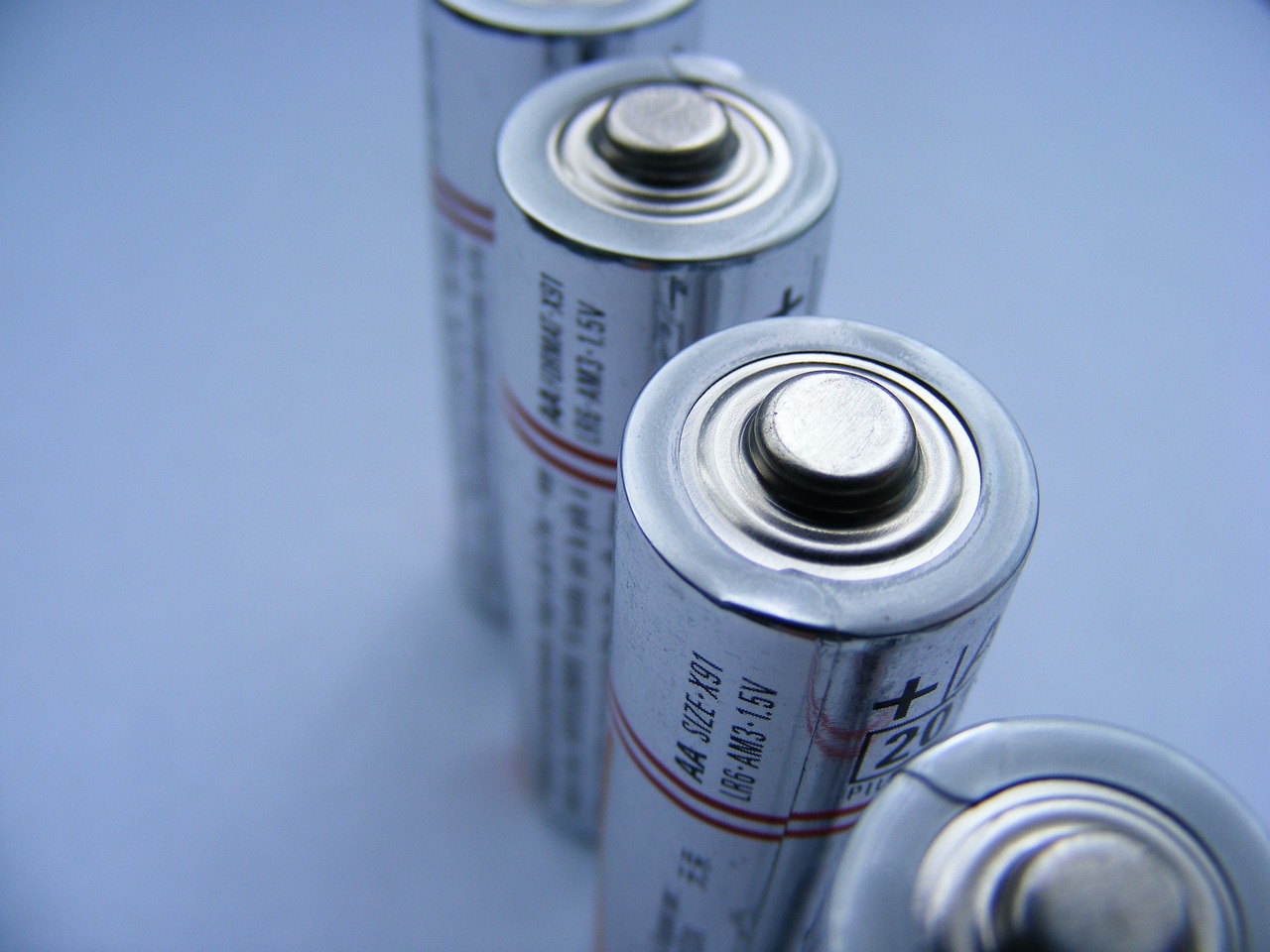This post is also available in:
 עברית (Hebrew)
עברית (Hebrew)
A groundbreaking development from the Korea Institute of Energy Research (KIER) has revolutionized the analysis of carbon fiber paper, a vital component in hydrogen fuel cells. Led by Dr. Chi-Young Jung at KIER’s Hydrogen Research & Demonstration Center, this innovative method leverages artificial intelligence (AI) and digital twin technology to analyze the microstructure of carbon fiber paper 100 times faster than traditional techniques, according to TechXplore.
Carbon fiber paper plays a critical role in hydrogen fuel cells, aiding in water discharge and fuel supply within the stacks. Over time, however, the material undergoes changes in its structure, coating, and fiber arrangement, which can lead to reduced fuel cell performance. Diagnosing these changes has traditionally required time-consuming and destructive methods, involving the extraction and examination of carbon fiber samples using an electron microscope.
The new method developed by Dr. Jung’s team eliminates this need for destructive testing. By using X-ray tomography combined with AI-based image processing, the team can now analyze the material in near real-time without damaging the sample. This technology provides a detailed and precise 3D map of the carbon fiber paper’s microstructure, including its carbon fibers, binders, and coatings.
To train the AI model, the researchers used data from over 200 carbon fiber paper samples, extracting 5,000 images in total. The machine learning model achieved an impressive accuracy of over 98% in predicting the distribution and arrangement of the material’s key components. This allows for rapid identification of any degradation or damage, enabling timely diagnosis and maintenance of fuel cell performance.
The new analysis method, published in the journal Applied Energy, drastically reduces the time needed for diagnosis, according to TechXplore. While traditional methods take at least two hours, this AI-powered model can evaluate the condition of carbon fiber paper in just seconds using only X-ray tomography equipment.
In addition to improving fuel cell diagnosis, the team used the data from their model to explore how design factors—such as the thickness of the carbon fiber paper and binder content—affect fuel cell efficiency. They have also proposed an ideal design that could optimize fuel cell performance.
Dr. Jung noted that this approach not only enhances the speed and accuracy of fuel cell analysis but also has potential applications in fields like secondary batteries and water electrolysis, marking a significant leap forward in energy material research.

























